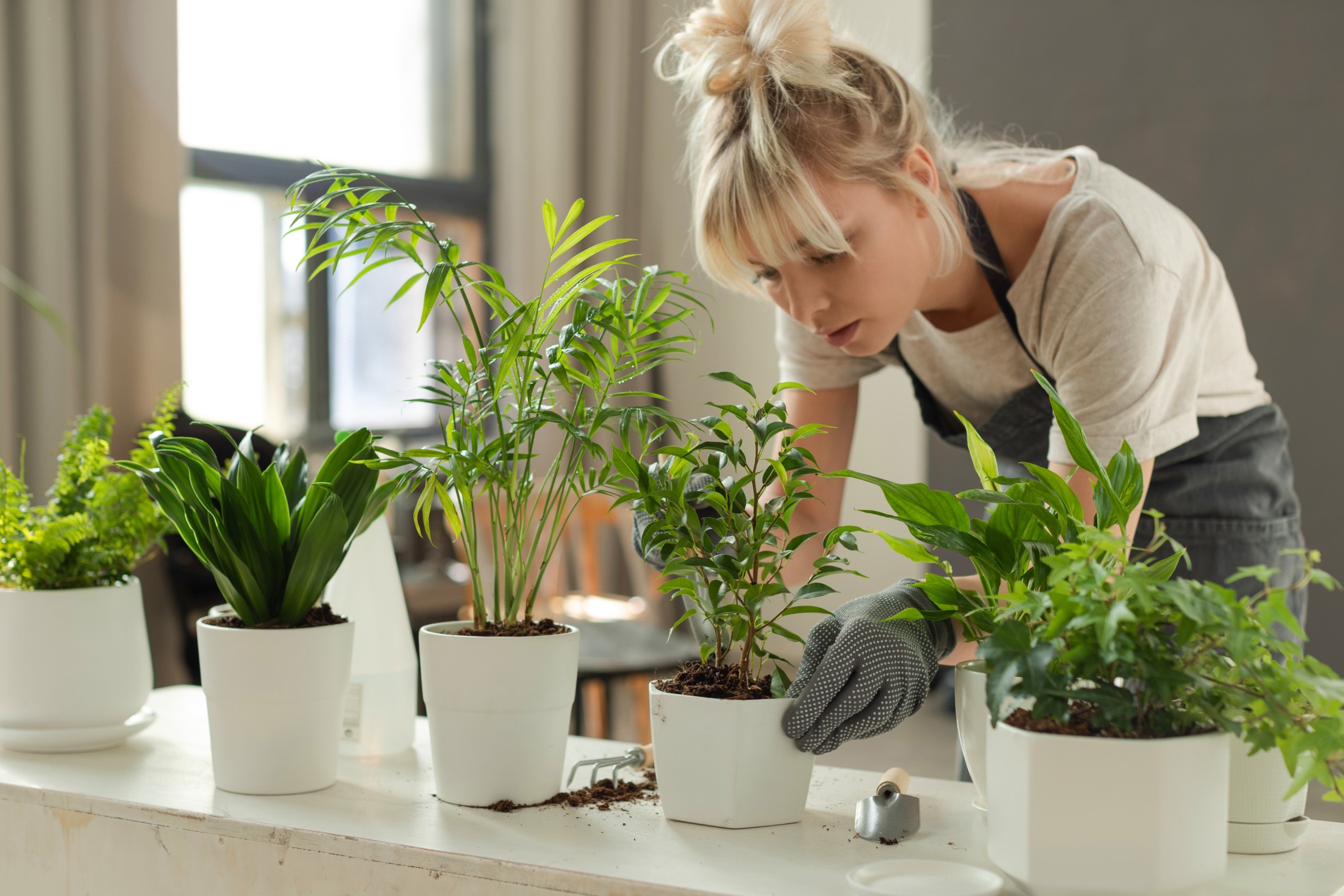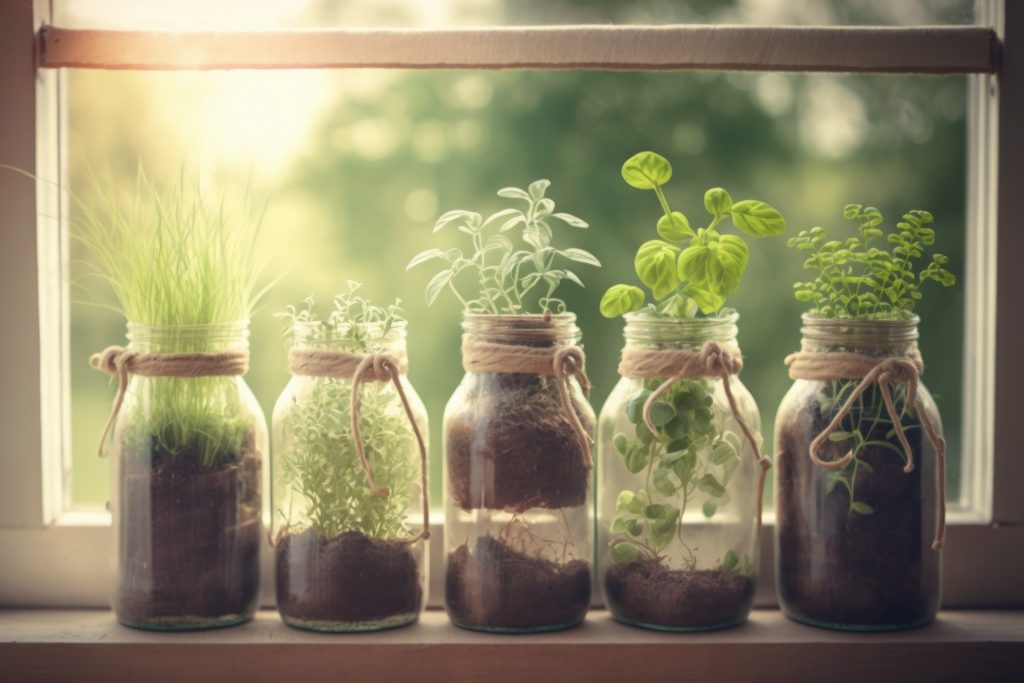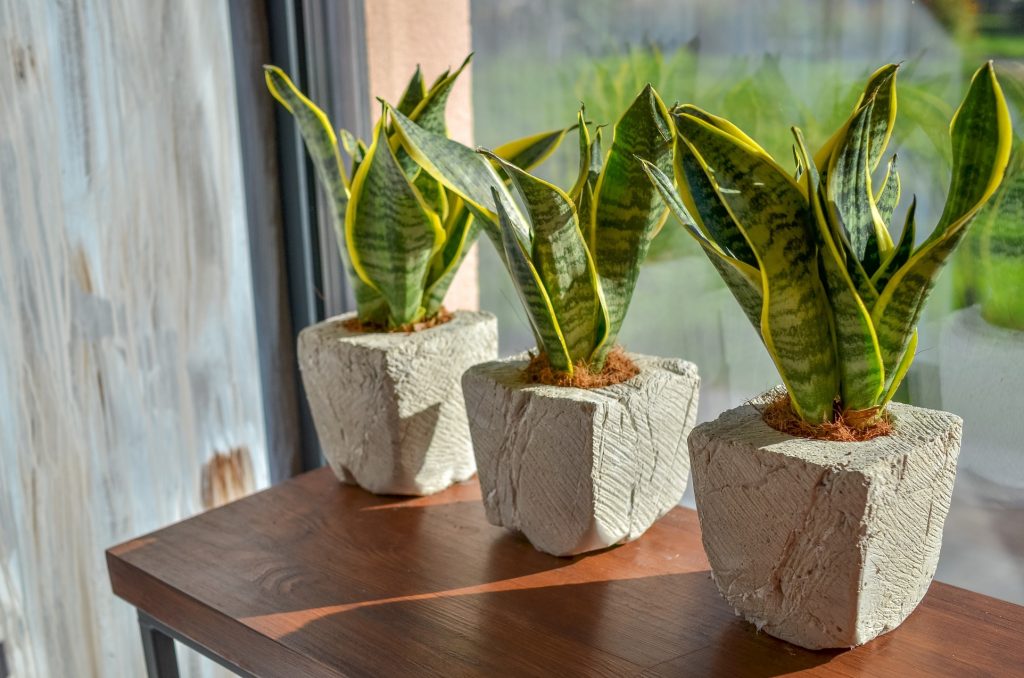How a Rainy Night and Beyoncé Kept DC Metro Running
August 9, 2023
In the captivating world of music and entertainment, artists wield a unique power that extends beyond the boundaries of the stage, leaving an indelible mark on the hearts and minds…

Plants, the verdant threads of mother nature’s tapestry, play a pivotal role in Earth’s delicate ecosystem. Encapsulating life’s essence, they serve as silent but essential protagonists in our world.
Inviting plants indoors transcends the boundary between the wild and the domestic, fostering a unique symbiosis. This intimate interaction imbues your living spaces with a touch of wilderness, subtly elevating your everyday experiences.
The act of planting, tending, and watching growth mirrors personal development, offering a calming antidote to modern life’s frenetic pace.
Growing a garden in an apartment might seem challenging due to space constraints, but with a few innovative strategies, you can create a lush, verdant space.
First, evaluate your apartment’s layout, considering spaces like windowsills, balconies, or shelves that could host plants. Use vertical solutions like wall-mounted planters if space is limited.
Next, observe the light levels throughout the day. South-facing windows usually offer the most sunlight, while north-facing windows receive less.
Lastly, consider temperature variations in your apartment. Most indoor plants thrive between 60-75°F (15-24°C), but areas near windows or air vents might be cooler or warmer.
Consider your apartment’s conditions and match them with the plants’ needs. Low-light tolerant plants are excellent for less sunlit spaces.
Succulents require bright light and less frequent watering. For edible options, herbs like basil, mint, or parsley grow well indoors, given sufficient light. Spider plants are great for improving indoor air quality.
The container should have good drainage to prevent waterlogging and root rot. It should also provide ample room for root growth but not be overly large, as this can lead to water retention in the soil.
Consider repurposing items like mason jars or cans for a unique, eco-friendly touch. If space is limited, vertical planters, hanging pots, or wall-mounted containers can be excellent solutions.

Unlike outdoor plants, indoor plants rely entirely on the soil in their pots for nutrients. Invest in high-quality potting soil that’s well-draining and rich in organic matter. Avoid using garden soil, as it may contain pests or diseases and often does not drain well in containers.
Consider the specific needs of your plants too. Also, regularly replenish nutrients with organic compost or a suitable fertilizer to help ensure your plants remain vibrant and healthy.
Overwatering is a common mistake that can lead to root rot and other diseases. Each plant has unique water requirements, depending on its species, size, and environmental conditions.
Generally, it is better to err on the side of under-watering; plants can often recover from a bit of dryness, but waterlogged roots can be fatal. Stick your finger about an inch into the soil; if it is dry, it is time to water.
Plants use light for photosynthesis, the process by which they create energy. Light intensity varies depending on the distance from the window and the direction it faces. South-facing windows provide the most light, while north-facing ones offer the least.
If natural light is insufficient, consider using artificial grow lights. These can provide the full spectrum of light that plants need and are especially useful in darker apartments or for plants with high light needs.
Pruning helps manage plant size, encourages bushier growth, and can improve plant health by removing dead or diseased parts. Use sharp, clean scissors or pruners to make clean cuts without damaging the plant.
Besides pruning, regularly check your plants for signs of pests or disease, such as discoloration, spots, or unexpected leaf drops. Early detection and treatment can save an infested plant and protect others nearby.
Remember, patience is key. Gardening is a process, and plants need time to grow and thrive. The rewards, however, are worth the wait.
The snake plant is a resilient and versatile indoor plant beloved for its striking, sword-like leaves and hardy nature. It is an excellent choice for beginners due to its tolerance to various conditions.
Snake plants can thrive in low light or bright, indirect light, making them suitable for various indoor environments. Additionally, they are known for their air-purifying qualities, as they can filter out toxins and release oxygen, contributing to a healthier indoor atmosphere.

Pothos is a popular and hardy indoor plant renowned for its lush, trailing vines adorned with heart-shaped leaves. It is a highly adaptable plant, capable of thriving in a variety of light conditions, from low light to bright, indirect light, though its variegation is more pronounced with more light.
Pothos thrives in well-draining soil and does not need frequent watering, making it a low-maintenance choice. Its cascading growth habit makes it perfect for hanging baskets or high shelves, where its vines can drape elegantly.
The peace lily is a charming indoor plant known for its glossy green leaves and elegant white blooms, which are actually a modified leaf called a spathe. These plants are relatively easy to care for and thrive in low to medium light, but too little light may prevent them from flowering.
Apart from their beauty, peace lilies are excellent air purifiers that remove several types of toxins from the air, contributing to a healthier indoor environment.
The spider plant is known for its arching, ribbon-like leaves and baby plantlets that dangle from the mother plant, resembling spiders on a web. Its adaptability to a variety of conditions and easy-care nature make it a favorite, especially for beginners. Spider plants can tolerate low light but grow best in bright, indirect light.
The rubber plant is a striking indoor plant known for its large, glossy, dark green leaves. Its robust and architectural appearance makes it a favorite among houseplant enthusiasts. Rubber plants prefer bright, indirect light to maintain their vibrant foliage but can tolerate lower light conditions.
They require well-draining soil and a little bit of drying out between waterings. With the proper care, rubber plants can grow quite tall, making them a beautiful statement piece in any indoor space.
Cultivating an indoor garden or nurturing indoor plants is a rewarding endeavor that transforms your living space into a verdant oasis while providing numerous physical and mental health benefits. These green companions not only purify the air but also foster a sense of tranquility and well-being.
However, it is important to understand that although many indoor plants are low-maintenance, they still require regular attention and care. Your time and commitment will help them flourish, reflecting the care you have invested.
By embracing the journey of indoor gardening, you enjoy the fulfilling experience of creating and maintaining a vibrant, thriving connection to nature within your home.